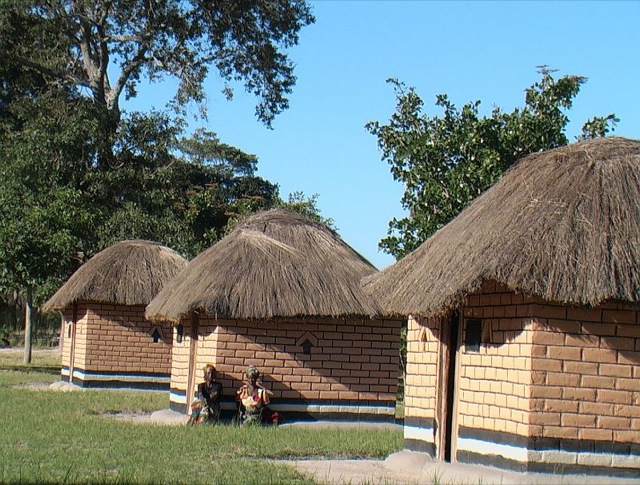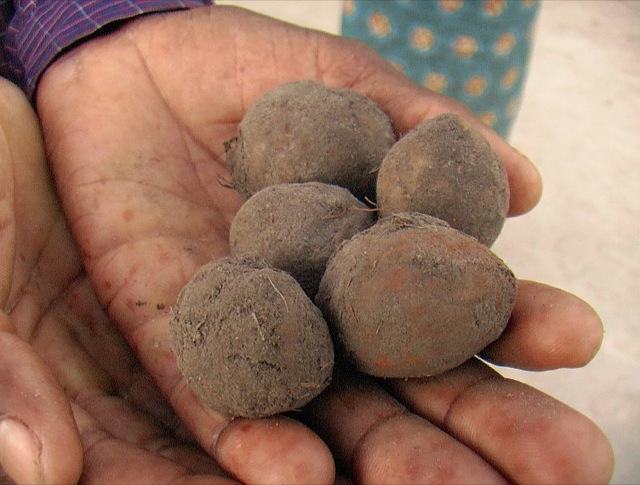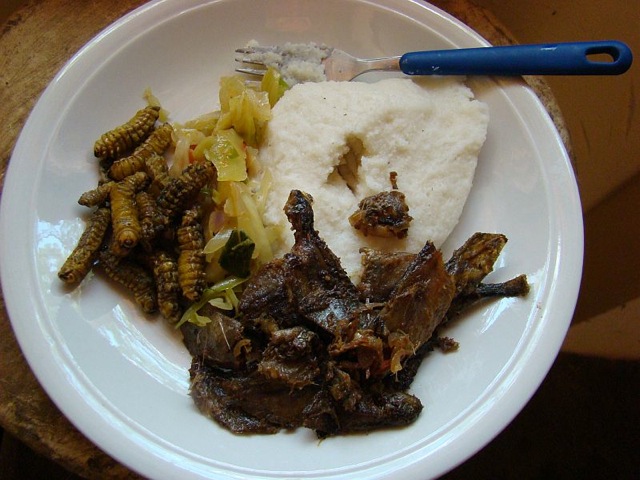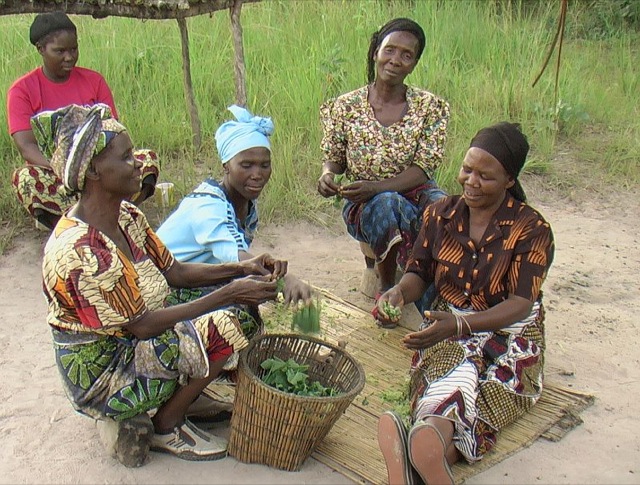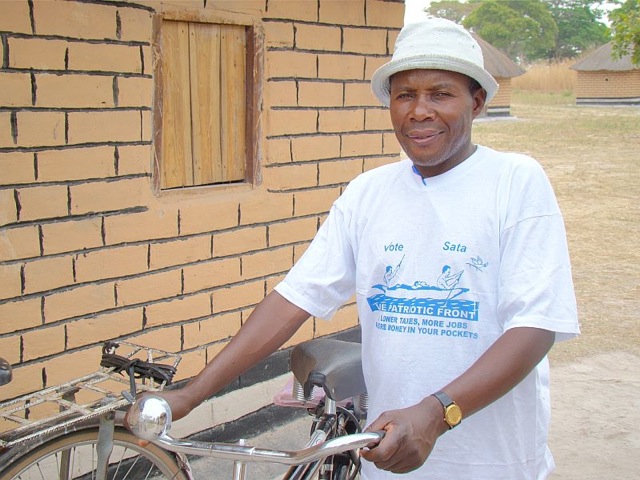This authentic cultural village offers you the opportunity to visit and stay in a traditional Bisa village and to learn about their way of life. Evening entertainment in the vilage is vibrant as the girls, boys and women dance to the local Kalindula and Boostele music, accompanied by drums and the famous banjo guitar. Here you can sample traditional food prepared from maize meal and served with village chicken or Chikanda, the local delicacy prepared from wild orchids. You can also sample the locally brewed beer.
Accommodation is offered in simple traditionally built huts with wooden beds, bedding and mosquito nets. Camping is also available. The village has clean thatched long drop toilets. The project donates 25% of its income to community development and conservation projects.
Activities:
- Tour the village with a local guide to see, learn and experience every day activities like drawing water, pounding cassava or cultivating the fields;
- Visit the Nakapalayo village headman or Chief Chiunda Ponde to learn about the traditional leadership system, local culture and history of the Bisa people;
- Visit Chiundaponde school, the rural health centre or one of the local churches;
- Meet a traditional healer (sangoma) and local craftsmen;
- Experience Bisa dancing and storytelling around a fire; and
- Enjoy a variety of locally prepared dishes or learn about the medical uses of trees and plants of the area on a bush walk.
Cultural etiquette:
To enjoy your stay in the village and avoid causing offence, please bear in mind some aspects of the local culture:
- Women should dress modestly (long trousers or skirts) and public affection between men and women should be avoided;
- Please refrain from handing out money as gifts to individuals. If you would like to donate, please do this through the Nakapalayo office to ensure maximum benefit to the community.
Climate:
Chiuanda Ponde experiences a moderate climate and rainfall of between 700-900mm on average.
There are three distinct seasons:
- The hot, wet season (November to April);
- Cool, dry season (May to August); and
- The hot, dry season (September to November).
Nakapalayo Cultural Resource Objectives:
- To ensure the preservation of heritage resources while allowing access by local and international tourists for mutual education and scientific purposes;
- To develop, promote and preserve cultural heritage sites and tourist attractions; and
- To promote and create awareness of the value and significance of cultural heritage resources.
In addition to what they offer at Nakapalayo village in terms of cultural experience, visitors can be taken to the following sites:
Mafwesa:
This is an Iron Age site where the early inhabitants used to smelt iron and other metals. Although it is not clear of the number of years this site has been in existence, estaimates indicate that it is over 150 years old. This archeological site is south west of Nakapalayo village and is approximately 40 minutes drive from the village. To arrange a visit to this site, please contact the Nakapalayo Tourism Project for local guidance.
Moboshi River:
The Moboshi River runs approximately 5km west of Nakapalayo village. The river hosts the Sitatunga/Nsobe which may be viewed with prior arrangement only. Apart from seeing the elusive Sitatunga, visitors can go fishing with the local people using baskets, fishing hooks and nets (ukwela).
Mutusha Mfumu:
Only a 100m from Nakapalayo village is a big Mupundu tree. The tree is significant in the local culture as this is where the Bisa people of Chiundaponde used to rest when they were on their way to bury their departed chiefs. The body of the chief must lie in ripples for a night before burial at Kabulumo takes place. During their night of rest they would choose a man and a woman of any clan, married or not, to make love. This was done to sanctify the remains of the departed chief before burial the following morning. To visit this site, please contact the Nakapalayo office.

